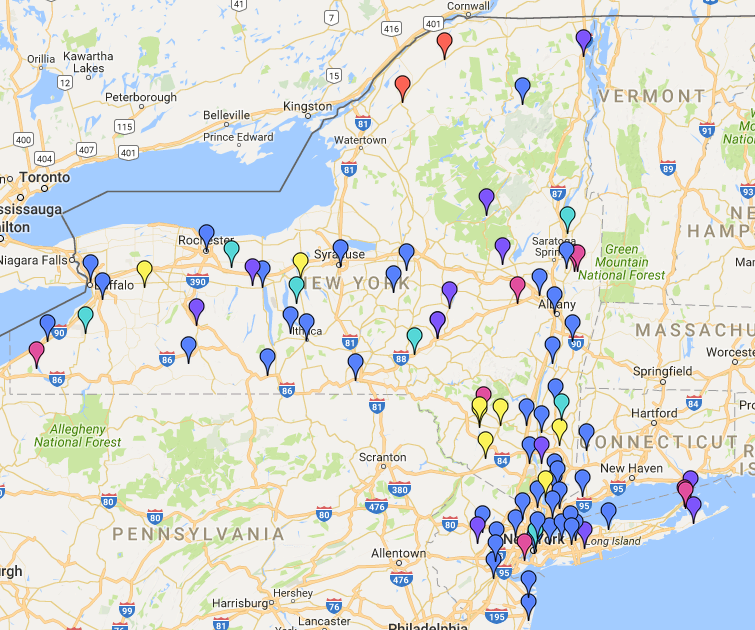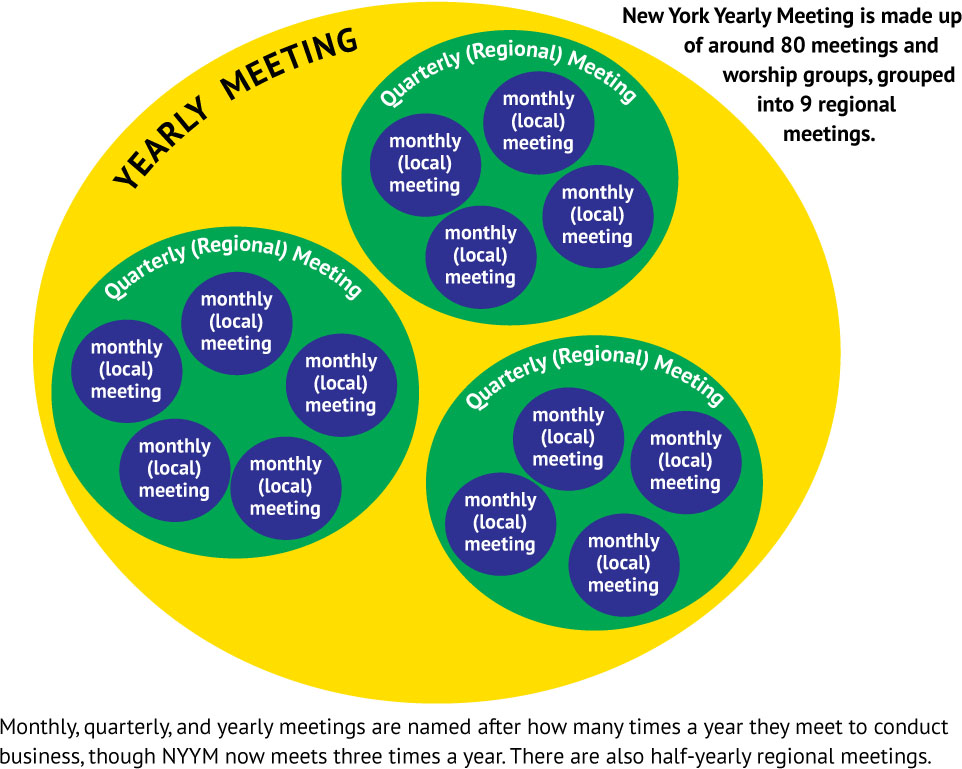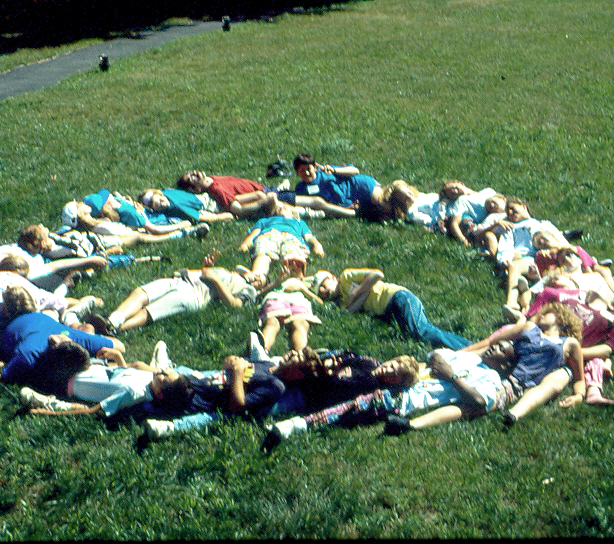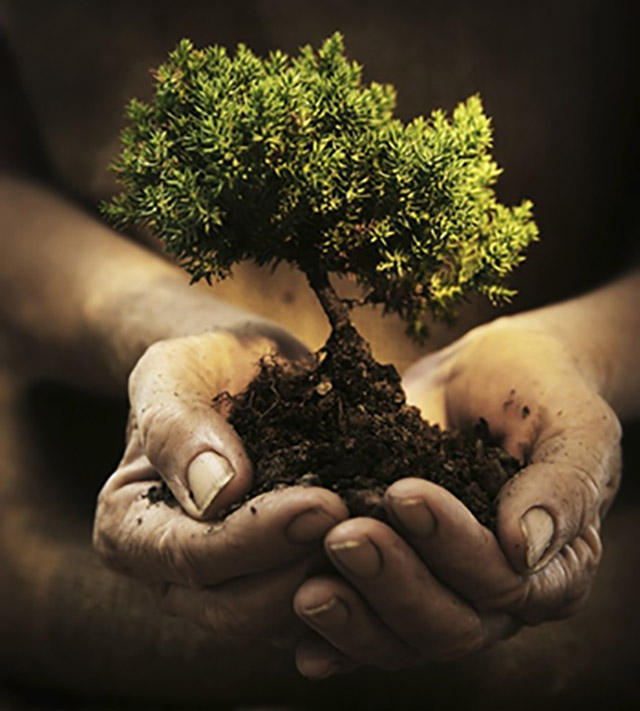What Does "Remarkable" Mean?
by Margery Cornwell
15th Street Meeting
When the editor first mentioned the idea for a Spark issue based on recollections of "remarkable" Friends, I responded with enthusiasm. At first I thought I knew just whom I would write about. However, as I considered the concept of "remarkable" over the past few months, I have come to define the word in different ways.
I have been a member of Fifteenth Street Friends Meeting in New York City for sixty-five years, arriving in the early '60s when I became a convinced Friend as a young adult. I sat in worship with Bayard Rustin, Barrington Dunbar and Rachel DuBois. These were indeed "remarkable" Friends, leaders in many ways, whom I admired from afar as did many others. I did not know their personal likes and dislikes, joys and sorrows. These were "remarkable" Friends, figureheads, those whom I learned from but only interacted with occasionally. I especially remember, however, one First Day when I walked across the meeting room to introduce my newly adopted, biracial toddler son to Barrington. He put his hand, a very large and comfortable one, on Bartholomew's head, and I felt we had both been blessed by this "remarkable" man.
One "figurehead" Friend I did know quite well was Lawrence Apsey. (Virginia, his wife, always called him Lawrence, as did I.) I worked with Lawrence at the Quaker Project on Community Conflict in the basement of 218 E. 18th Street in New York in the '60s. While I was a young and fairly new Friend, Lawrence supported me completely as I organized nightly patrols to minister to the homeless population in the neighborhood of the meetinghouse. This initiated a shelter program that took many forms over the years, culminating in the 1980's in an established overnight shelter at 15 Rutherford Place which only recently closed.
Ross Flanagan also worked out of that office, organizing the Yearly Meeting's actions in response to the Vietnam War (and causing the U.S. Treasury Department to examine our budget!), and Lawrence developed his innovative dream which became the Alternatives to Violence Project. He was determined, firm, but inclusive, and was never dismissive of those younger and less experienced.
When Lawrence and Virginia moved into Manhattan, I adopted their collie dog. This dog was a gorgeous creature, a former show dog named Future Horoscope of Wimbourne. He was a beauty in looks, but he was most impressive because of his kind and generous personality, receiving petting from everyone with gentleness and enthusiasm. Similar and special qualities in "remarkable" human and animal companions.
I have been describing the leaders, the well-known "remarkable" Friends. But there is also that Friend whom one takes as a mentor and teacher to whom one relates with admiration, the Friend who is not famous but "remarkable." What are those qualities which enrich this guide? They are not self-promoters; on the contrary, they are includers. "I see your attributes. I support you and care about you." They have often done brave or creative acts, but one only learns about these acts from others. I raise up Bob Wightman, Asa Watkins, Eileen and Arthur Waring, Elizabeth Edminster, and Bobby Gonzalez as examples. And the women who taught me about being both loving and strong, worshipful and activist: Rose Wood, Rachel Wood, Henrietta Carey and Virginia. These Friends, all of whom are no longer with us, would probably be surprised to find themselves considered "remarkable", and that is just the point!
And now I come to my peers, people I have acted with and worshiped with over the years, people of my age who are my confidants, supporters, antagonists, dear friends who know my strengths and weaknesses as well as I know theirs. These are those who have shared a deep spiritual insight, performed an outstanding act of support, ministered to a great need, remembered an important date, extended a great reach of love. And they will be noted by younger Friends as "remarkable" mentors. I hope they know who they are!





